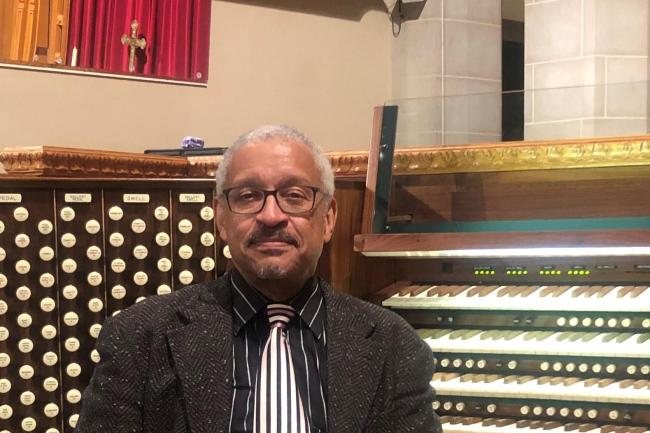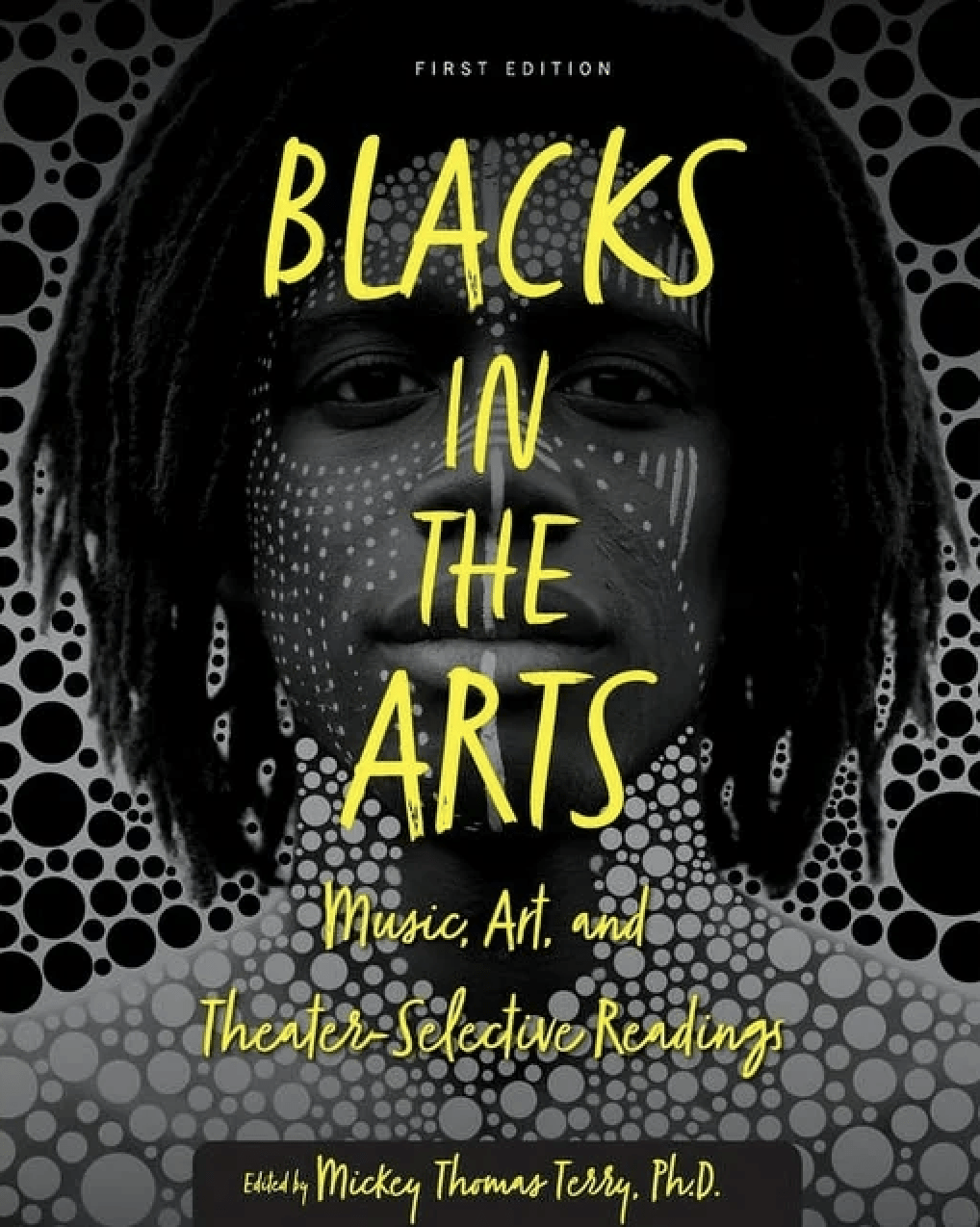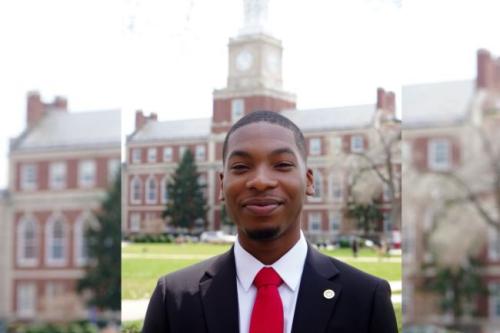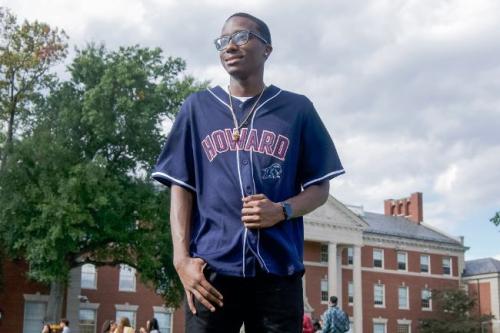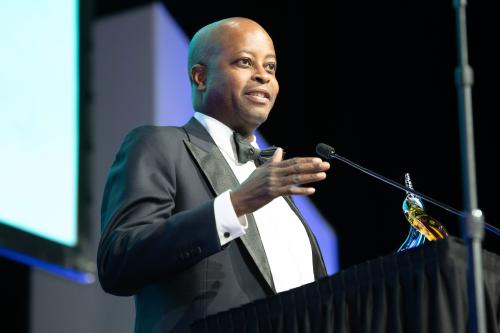In the corner of the third floor of the Chadwick A. Boseman College of Fine Arts, beyond the sharp whizzes of the piccolo and grand piano arpeggios, Mickey Thomas Terry, Ph.D., is stationed in the corner office, the very last room.
Terry is a man of many keys; an avid piano player, a frequenter of the harpsichord, but a lifelong organist after a natural love sprouted at three years old.
“Where I was in Greenville, North Carolina, there was only one Black church that had a pipe organ,” Terry recalled. “There was on old man that played the organ, and he was a directing the choir. I just fell in love with the sound, the concept, everything. It was a natural love, and I just knew I had to play it.”
Celebrating the 45th anniversary of Black Music Month, Terry spoke about the organ’s multi-genre impact in Black music, his personal contributions in cultivating Black music history, as well as the preservation of one of its most important instruments: the pipe organ.
“During the Civil Rights Movement, gospel music was considered the music of choice...to use at marches and rallies and bring Black people together in a more spiritually cohesive way,” Terry said. “I think in the way, music is a great communicator. It solidifies our culture. It can bring us together.”


